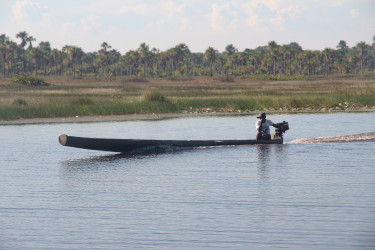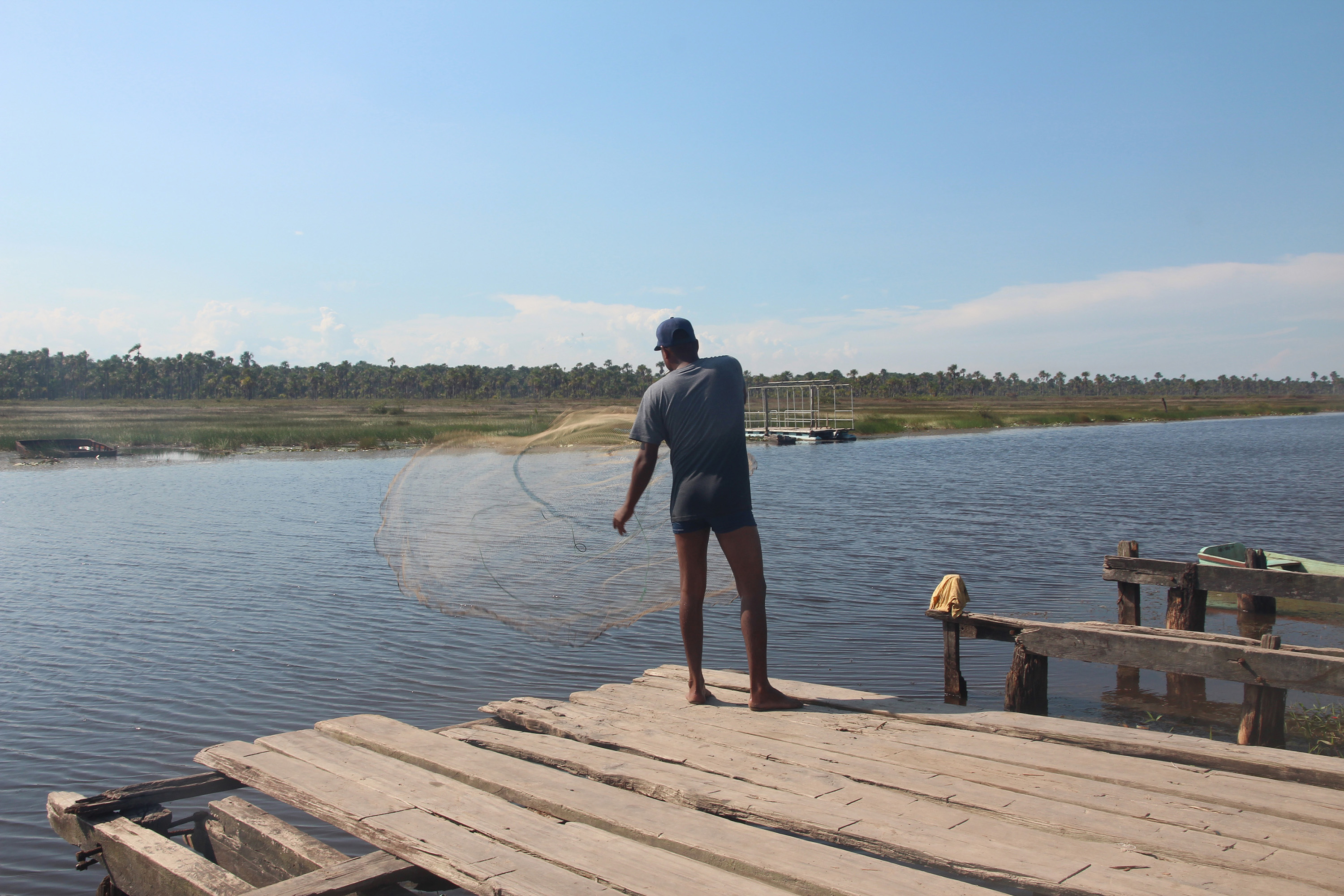A journey to the end of Canal Number Two Polder brings you to the conservancy dam where there is a shed and a few boats, which farmers use to access farmlands, tied to bridges. To the right of the dam you’d see two pontoons placed there by the Guyana Sugar Corporation (GuySuCo) to prevent persons from driving on the dam. But it isn’t until you get to the top of the dam that you realise there are houses lined along it, as far as the eye can see. The village here is called Conservancy Dam or Number 75.

The reason for also calling the village Number 75, is because it is said that each lot is 75 rods in length. It is however a little community with a population of approximately 300.
Persons with vehicles use a track that runs at the back of their yards to get their vehicles in and out. Other villagers walk the mile long dam, or, as is also the custom here, use their boats to drive along the conservancy canal until they get to the public road.
Most villagers provide for themselves and family through the means of fishing, farming and hunting.
On the dam, we paused to watch Anthony Sumair throw his cast net and pull up a fish he called “dog fish” then add it to his catch of patwa, houri, sunfish and other fresh water fish. Turning right to enter the village the World Beyond Georgetown happened on two little children sitting flat on the dam in the shade of a pontoon finishing their Topco juices before continuing the long walk home.
Nirmala Singh, a seamstress, grew up in Number 75. The village, she said, has existed since the 1800s. Her husband’s grandmother, after coming from India to Guyana had settled in the village. “Most persons here are related either by

